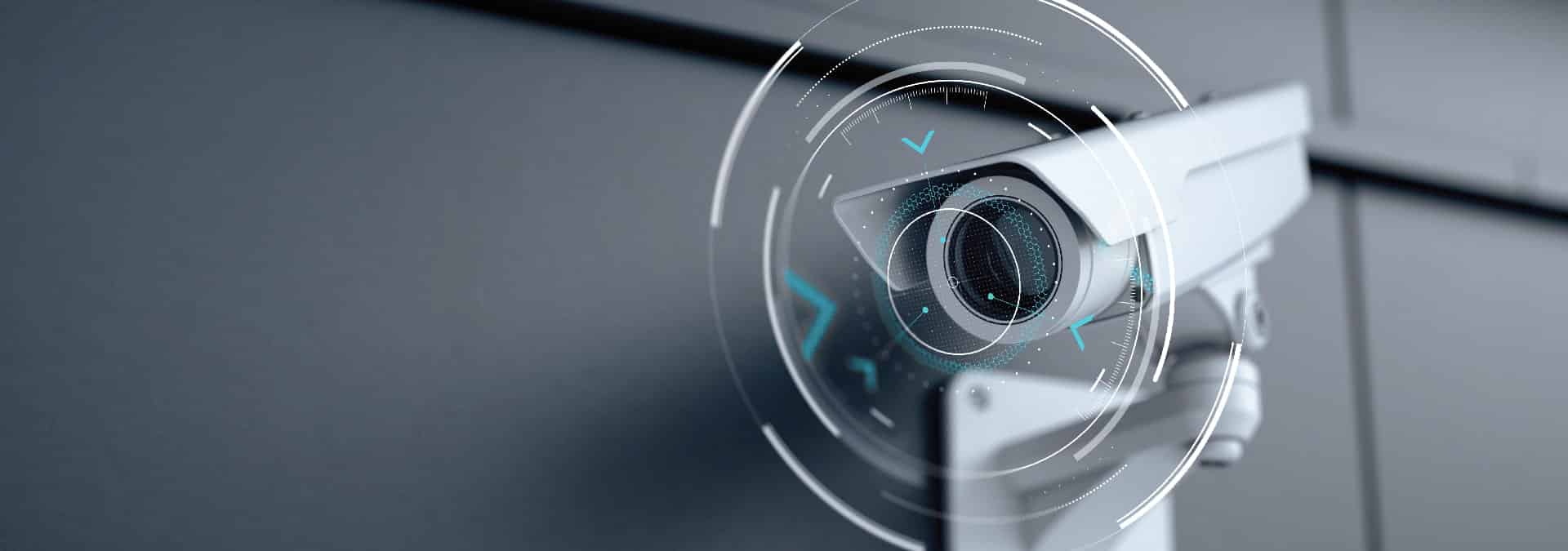It’s a story far too common—an office break-in, a missing inventory report, or an after-hours incident that leaves everyone asking, “Do we have video of that?” For many businesses, the answer is often no.
Unfortunately, security is something most organizations think about AFTER something goes wrong.
In today’s high-risk, high-liability environment, reactive approaches just don’t cut it. Video surveillance has moved beyond just “nice to have” status—it’s now a crucial layer of protection for business continuity, risk management, and peace of mind.
So, how do you choose the right partner to help protect your business before it’s too late? Here are five key things to look for when evaluating a video surveillance provider.
1. Camera Quality & Resolution
Not all cameras are created equal. When incidents occur, blurry or pixelated footage is as good as no footage at all. Look for systems with high-definition resolution that can capture clear images, especially faces, license plates, or product details. The higher the quality, the more valuable the footage becomes during investigations or insurance claims.
2. Field of View & Strategic Coverage
Camera placement is just as important as camera quality. Are your entry points, high-traffic areas, or cash-handling zones covered? Are there blind spots? A quality surveillance partner will perform a site assessment and design a system layout that ensures full coverage and maximizes visibility while minimizing unnecessary spend.
3. Recording Capabilities & Storage
When something happens, you want to be able to go back and retrieve footage immediately. That requires systems with robust recording capabilities and secure storage solutions. Whether on-site, cloud-based, or hybrid, your storage should allow for easy access, adequate retention, and reliable backup.
4. Night Vision Capabilities
According to the FBI and the U.S. Department of Justice, the majority of property crimes occur during the night. In fact, over 50% of burglaries happen after dark (Vivint), which makes infrared or low-light-capable cameras an absolute must. Your surveillance system needs to work just as hard at 3 a.m. as it does at noon.
5. System Integration
A modern surveillance system doesn’t operate in a silo. It should integrate seamlessly with your existing security infrastructure—whether that’s access control, alarm systems, or smart building platforms. A well-integrated system reduces response times, improves situational awareness, and ultimately makes your security operations more efficient.
A Word to the Wise: Don’t Wait for a Wake-Up Call
One of the most common regrets businesses have after an incident is not installing surveillance sooner. The cost of theft, liability claims, or employee misconduct often far outweighs the upfront investment in a quality system. And today’s technology offers scalable, affordable solutions that can grow with your business.
Choosing the right video surveillance partner is more than just checking off features on a list. It’s about finding a team that understands your needs, assesses your risks, and equips you with a system that offers more than just footage—it provides answers.
SafeIT is a trusted provider of advanced security solutions, offering tailored video surveillance services that help businesses protect what matters most. With a commitment to proactive risk management and expert integration, we empower clients to move forward with confidence.
